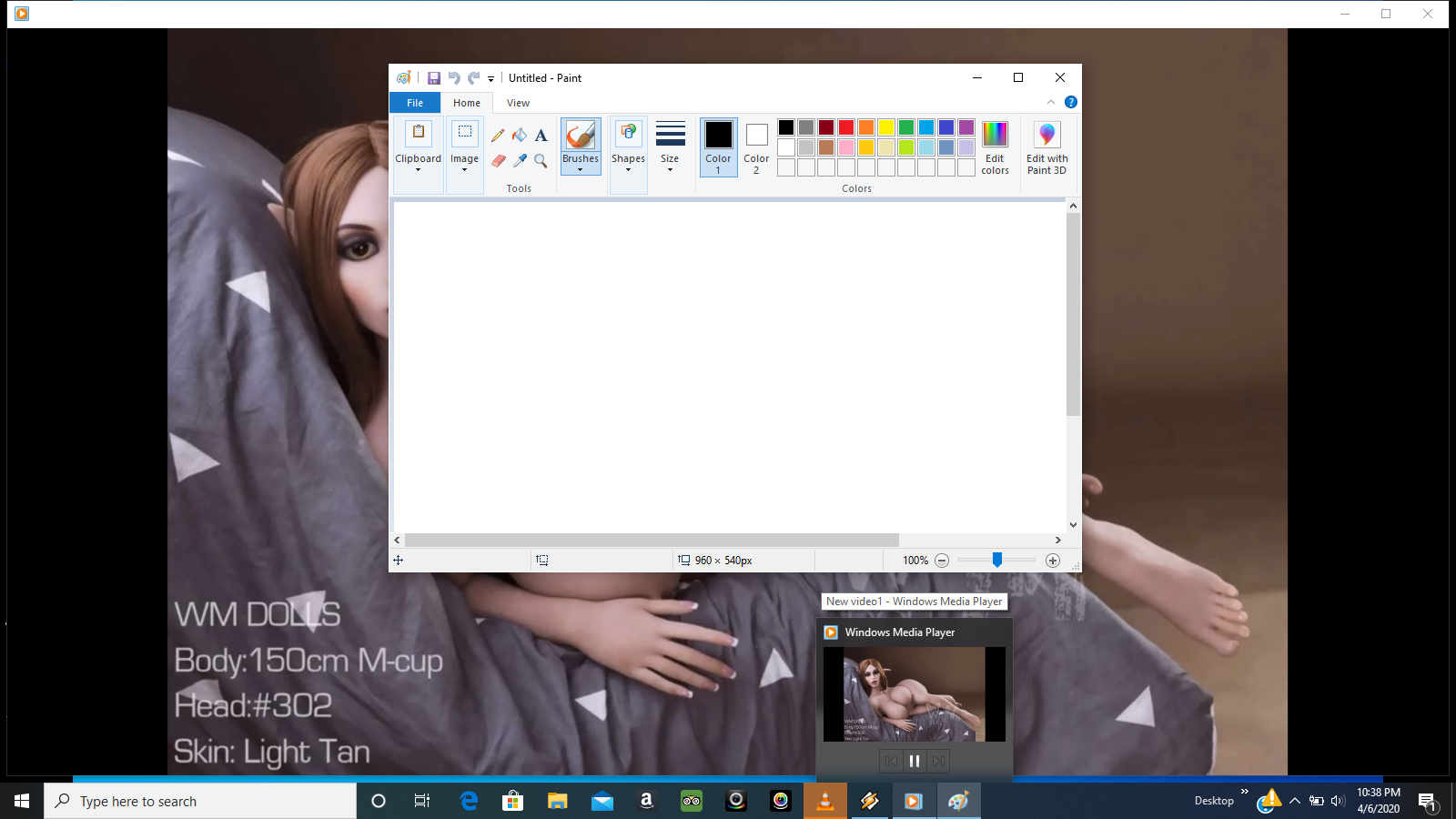- Lewis Lebentz Code, tech and cool stuff Twitter GitHub LinkedIn Automatically update Chrome via Jamf Pro 08 Mar 2017. It’s always good to be up-to-date, especially with vulnerabilities being publicised on a regular basis, and people like the CIA and NSA hacking everything.
- The device you have runs on Chrome OS, which already has Chrome browser built-in. No need to manually install or update it — with automatic updates, you’ll always get the latest version.
Does anyone know how to disable Google Chrome auto-update for MAC OS? I tried: Renaming the GoogleSoftwareUpdate folder; Change Google Chrome auto-update URL; Command defaults write com.google.Keystone.Agent checkInterval 0 in terminal; It doesn't work for me.
Use Software Update
- Choose System Preferences from the Apple menu , then click Software Update to check for updates.
- If any updates are available, click the Update Now button to install them. Or click “More info” to see details about each update and select specific updates to install. You might be asked to enter your administrator password.
- When Software Update says that your Mac is up to date, the installed version of macOS and all of its apps are also up to date. That includes Safari, Music, Photos, Books, Messages, Mail, Calendar, and FaceTime.
- To automatically install future updates, including for apps that you got from the App Store, select “Automatically keep my Mac up to date.” Your Mac will notify you when updates require it to restart, so you can always choose to install those later.
Update the software on your iPhone, iPad, or iPod touch
Learn how to update your iPhone, iPad, or iPod touch to the latest version of iOS or iPadOS.

Learn more
Chrome Update For Macbook Pro
- Learn how to get updates for earlier versions of macOS that don't include Software Update preferences.
- You can also use the App Store to update apps or redownload apps that came from the App Store.
- Learn which macOS your Mac is using and how to upgrade to the latest macOS.
- When your Mac is connected to a Personal Hotspot, large updates don't download automatically.
Disable Chrome Auto Update Mac
Documentation for Administrators > Turning Off Auto Updates in Google Chrome
|

